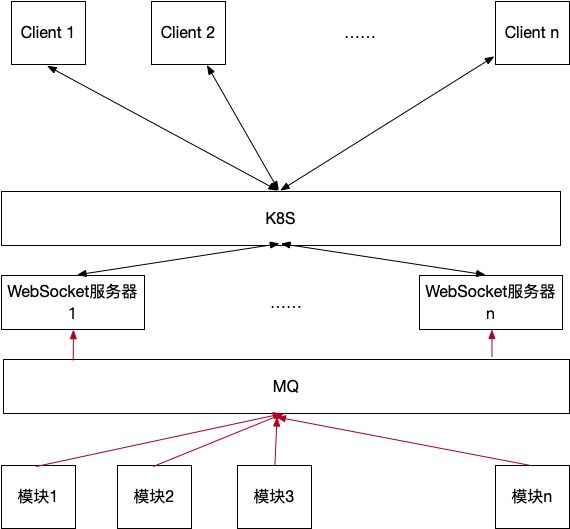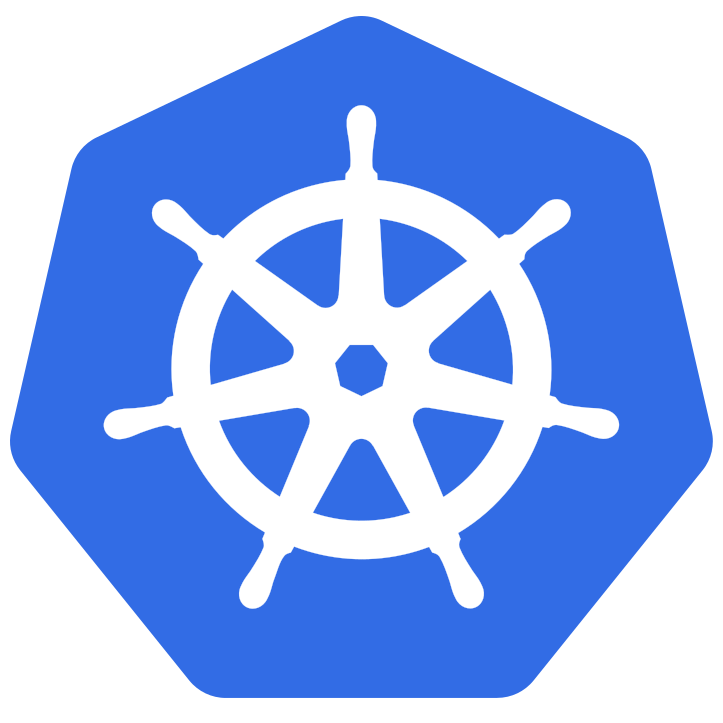1
2
3
4
5
6
7
8
9
10
11
12
13
14
15
16
17
18
19
20
21
22
23
24
25
26
27
28
29
30
31
32
33
34
35
36
37
38
39
40
41
42
43
44
45
46
47
48
49
50
51
52
53
54
55
56
57
58
59
60
61
62
63
64
65
66
67
68
69
70
71
72
73
74
75
76
| @ServerEndpoint(value = "/ws/{role}/{token}", configurator = EndpointConf.class)
@Component
@Slf4j
public class WsController {
private static final String PARAM_TOKEN = "token";
private static final String PARAM_ROLE = "role";
private static final Set<String> ROLE_SET = new HashSet<>(
Arrays.asList(AccountType.DRIVER.name().toLowerCase(), AccountType.PASSENGER.name().toLowerCase())
);
@Autowired
private WsService wsService;
@OnOpen
public void onOpen(@PathParam(PARAM_ROLE) String role,
@PathParam(PARAM_TOKEN) String token, Session session) throws IOException {
if (!ROLE_SET.contains(role)) {
log.warn("token:{} login role error, role:{}", token, role);
wsService.sendMessage(session, wsService.authFailMsg());
session.close();
return;
}
int userId = wsService.getUserIdByToken(role, token);
if (userId == -1) {
log.warn("token:{} login error, you are offline", token);
wsService.sessionMap.remove(token);
wsService.sendMessage(session, wsService.authFailMsg());
session.close();
return;
}
log.info("【{}】, token : {} open websocket connect", wsService.showInfoAboutToken(token), token);
Session oldSession = wsService.sessionMap.get(token);
if (oldSession != null) {
wsService.sessionMap.remove(token);
wsService.sendMessage(oldSession, wsService.duplicateLoginMsg());
oldSession.close();
}
wsService.sessionMap.put(token, session);
}
@OnClose
public void onClose(@PathParam(PARAM_ROLE) String role,
@PathParam(PARAM_TOKEN) String token, Session session) {
log.info("close connection. 【{}】, token: {}", wsService.showInfoAboutToken(token), token);
wsService.sessionMap.remove(token);
wsService.sendMessage(session, wsService.authFailMsg());
}
@OnError
public void onError(@PathParam(PARAM_ROLE) String role,
@PathParam(PARAM_TOKEN) String token, Session session, Throwable error) {
log.error("【{}】, token : {}, sessionId: {}, websocket error: {}", wsService.showInfoAboutToken(token), token, session.getId(), error);
}
@OnMessage
public void onMessage(@PathParam(PARAM_ROLE) String role,
@PathParam(PARAM_TOKEN) String token, String message, Session session) throws IOException {
log.info("receive from 【{}】, token : {}, message: {}",wsService.showInfoAboutToken(token), token, message);
if (!ROLE_SET.contains(role)) {
wsService.sendMessage(session, wsService.authFailMsg());
session.close();
}
if(role.equals(AccountType.DRIVER.name().toLowerCase())){
wsService.updateHeartBeat(token);
}
wsService.actionHandle(session, message);
}
}
|





